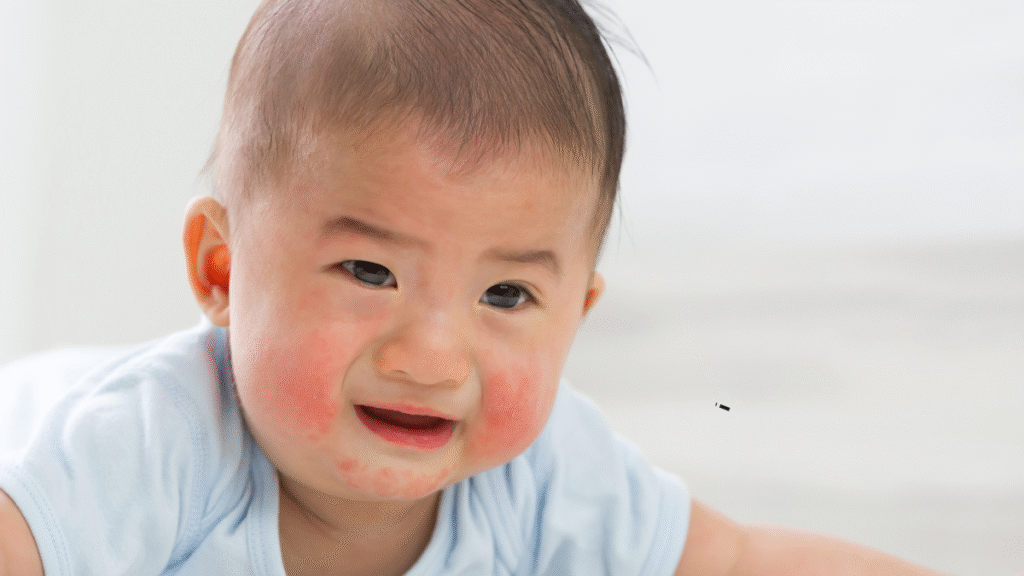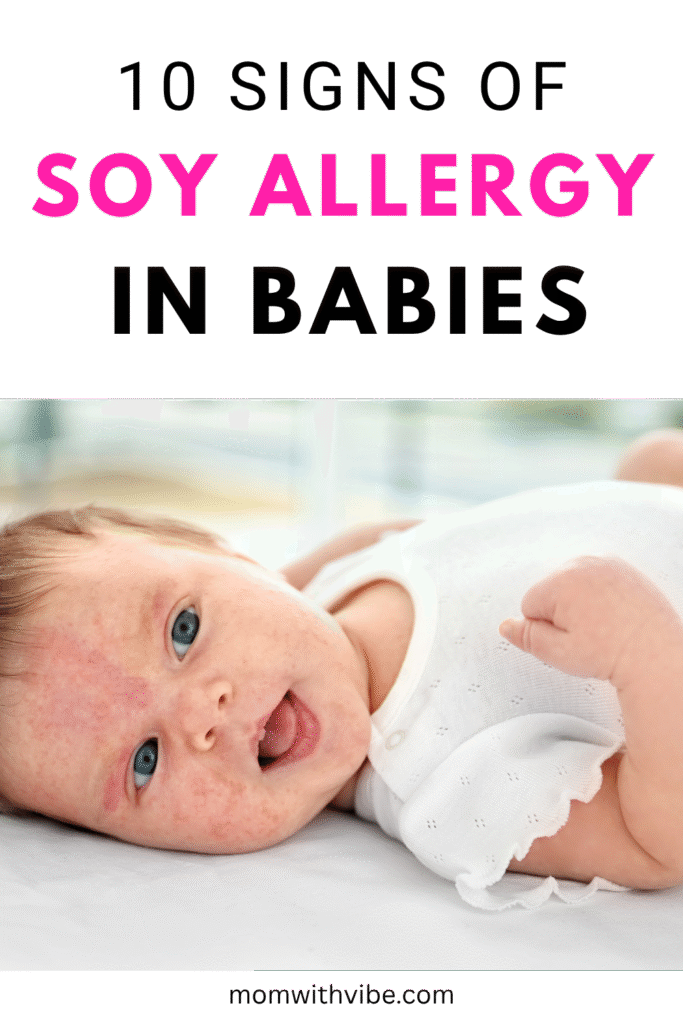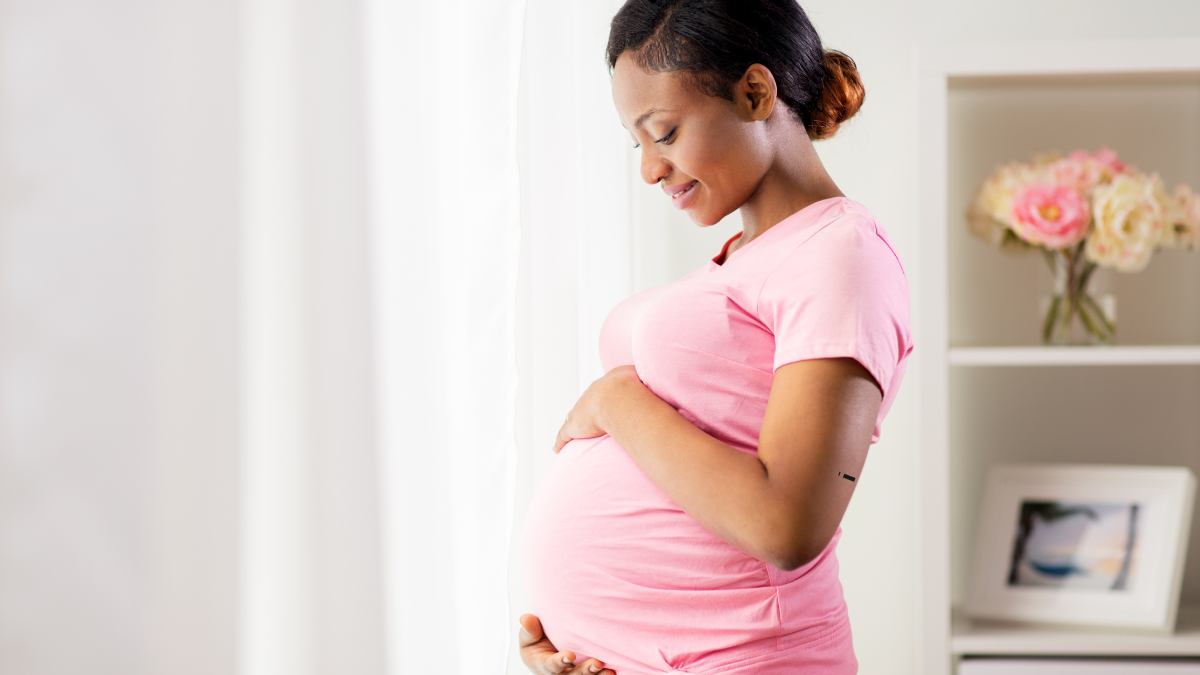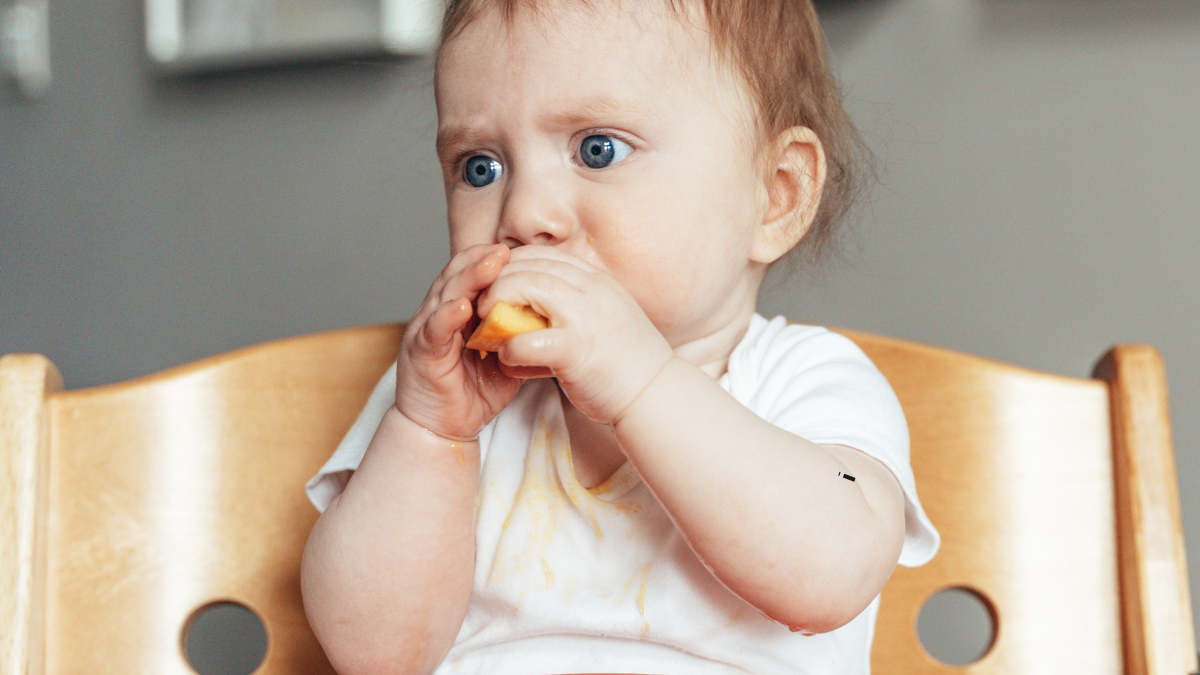You are not alone with these reactions of your baby after feeding. One of the relatively frequent food allergies is soy allergy in babies, among those infants under age 1. It tends to go unnoticed since its symptoms may appear similar to colic or reflux or even teething.
In this post, we’ll break down the 10 major signs of soy allergy in babies, what to look out for, and how to manage it effectively — with real-life examples to help you connect the dots faster.
What Is The Soy Allergy In Babies?
Soy allergy occurs when the immune system of your baby responds to soy protein as an enemy. This causes allergic reactions; which might include mild skin problems to more severe digestive or breathing disorders.
The product soy is available in:
- Infant formulas
- Cereal snacks
- Baby biscuits
- Refined foods such as bread and broths
Very small suggestible amounts can result in reactions in sensitive babies.
1. Eczema or Skin Rashes
Known symptom: Itchy red spots on the skin, mostly on the neck, face, or the back of knees.
Example:
Chidera observed that the soy formula that she introduced to her 5-month-old started developing some red and dry spots on his cheeks as well as on his elbows. The rash worsened with each bottle and finally improved only with a change of formula to soy-free.
What to watch out:
- Tough skin patches
- Red marks, which your baby constantly scratches or rubs
- Aggravated skin with soy-made feeds

2. Diarrhoea
General symptom: Diarrhea (paintful or mucus containing stool) over three times per day.
Example:
David changed his baby girl to a soy based formula because he thought it would be less rough. In 24 hours she experienced several episodes of greenish diarrhoea with a sour odour and was considerably fussier.
What to watch out:
- Diarrhea (sudden swell of bowel movements)
- Poo that unusually has a sour or acidic smell
- Nappy rash caused by frequent change Auchne 41
3. Vomiting
Characteristic symptom: Recurrent vomiting or spitting out following a meal.
Example:
One mum in Abuja explained that her 6-month-old son would vomit an hour after his being fed on homemade puree that contained a little bit of soy sauce. When it struck her three times she considered that it was not a tummy bug; and when it came back to her still again she definitely knew that it was not a tummy bug.
What to watch out:
- Projectile vomiting
- Vomiting, but no fever, illness
- Further incidences of soy foods only
Related: 50 Cute Foreign Baby Boy Names and Their Meanings
4. Blood in the Faeces
Typical symptom: Red or dark, tarry stool in the stool.
Example:
Onyeka noticed reddish traces in the diaper of her baby after which she went to hospital. She had her baby tested and reviewed food history after which her baby was diagnosed with allergic colitis caused by soy-based cereal.
What to watch out:
- Poop red streaks
- Sticky soft dark stools (in case blood is digested)
- Companied by diarrhoea or mucus
It is a red flag. Nevertheless, you should always contact your paediatrician right away.
5. Constant Crying or Colic
Typical symptom: Spending more hours crying or fussing that has no apparent reason.
Example:
Bola observed that her newborn continued to cry hours on upon her soy-filled bottle at night. The infant was fetal, did a lot of passing gas and did not calm down when in arms. The crying cured itself after replacing it with a soy-free alternative.
What to watch out:
- Soon after feeding starts crying
- Tightening arms or back bending back
- Only settling after long times
6. Whistling or Problems Breathing
General symptom: This is difficulty in breathing, coughing or wheezing.
Example:
A Lagos mum reported that her baby produced a wheezing sound (as would a whistle) after taking a few spoons of soy baby cereal. He also had a cough and a wet nose which was resolved after he stopped eating soy.
What to watch out:
- Rapid breathing or lively breathing
- Sound of wheezing of the out breath
- Baby pulling at the chest, area losing head or neck
Contact a doctor when there are breathing problems.
Related: 10 Types of Housework Pregnant Women Should Avoid
7. Lips, Face or Eye Swelling
Typical symptom: Swelling of face, mouth or eyelids.
Example:
Along with a few spoonfuls of tofu (a food product of soy), Blessing fed her 8-month-old baby and in 15 minutes the top lip of the baby inflated. On the cheek were also red hives. She immediately resorted to calling emergency services.
What to watch out:
- Puffy, tongue or lips
- Swelled eyelids or rosacea cheeks
- Companied with hives or crying

8. Welts or Hives
Typical symptom: Marked reddened spots, nodules or blotches on the skin.
Example:
Tosin, a baby girl had some red bumps that spread on her chin to the tummy after consuming a soy based teething biscuit. They burned and were ugly looking like insect bites.
What to watch out:
- Red plaques that are itchy
- Bumps in other parts that become swollen
- Appearing and disappearing rash
9. Sneezing, Sore Nose or Runny Nose or Blocked Nose
General symptom: Symptoms of the common cold caused by nothing.
Example:
Ife baby always had a running nose and sneezed especially after meals. Within a week, the symptoms got clear after removing soy-based cereals.
What to watch out:
- Post prandial sneezing fits
- Nasal dripping discharge
- Rhinitis sinusitis (congestion without fever)
10. Failure to Thrive or Poor Weight Gain
Typical symptom: Baby is failing to gain adequate weight and or is losing weight.
Example:
Kemi realized that her baby actually never gained weight despite always looking hungry. On repeated visits, the doctor learned that the nutrient absorption problems were a result of soy allergy. The baby had caught up in only 2 months when switching to a hypoallergenic formula.
What to watch out:
- Weight stagnation or weight loss
- They continue to feel hungry yet there is low growth
- Baby seems to feel weak or to be less active
Guideline of Diagnosing Soy Allergy in Babies
Your physician could advise:
- Elimination diet: In this type of diet, soy will be eliminated to observe improvement of the symptoms.
- Skin test/Blood test: Allergy testing
- Food diary: Monitoring symptoms and food as time goes on
What Not to Do
When your baby has soy allergy, do not feed him with such products as:
- Unhypoallergenic soy formula
- Tofu, soy sauce, edamane and miso
- Soy lecithin snacks or soy protein isolate snacks
- Pouched infant food (a label is necessary to check)
Watch out for covert sources of soy such as:
- Textured vegetable protein (TVP)
- Hydrolyzed vegetable protein (HVP)
- Natural flavouring
Soy Alternatives to Safe Diet
Your baby cannot bear soy then it is safer to have the following:
- If it would be possible, breast milk (if possible)
- Such hypoallergenic formulas as Nutramigen, Alimentum, or Neocate
- Cereals made of oats or rice instead of soy cereals
- Vegetables and fruit homemade purees
You should also only change formulas or foods by consulting with your paediatrician.
My Baby Has the Allergy to Soy: Will It Grow Out of It?
Yea, most of the babies get over such allergy towards soy by the time they are 3 years old. It has been revealed that out of all the children who are allergic to soy, 70 percent of them do not suffer adverse effects later on in their life because they stop developing allergic reactions past their toddler stage.
It however could be transferred to later childhood and especially when they also exhibit other allergies such as to cow milk, peanuts or eggs.
Last Parenting Tips
- Read all the labels even on baby snacks and medications
- Snap photographs of responses so that you can present them to your doctor
- Date and food logs symptoms
- Do not make a self-diagnosis, and seek medical counsel
Final Thoughts
Understanding the signs of soy allergy in babies can help you catch it early, avoid serious reactions, and make your baby feel better fast. Barring rashes on the skin to stomach upsets, even mild symptoms should not be overlooked.
As soon as you observe any of these combinations of symptoms but particularly following administration of soy formula product or soy-containing foods, seek medical assistance. Your baby will be a healthy one when well taken care of (depending on a soy-free diet).
Save the pin for later




